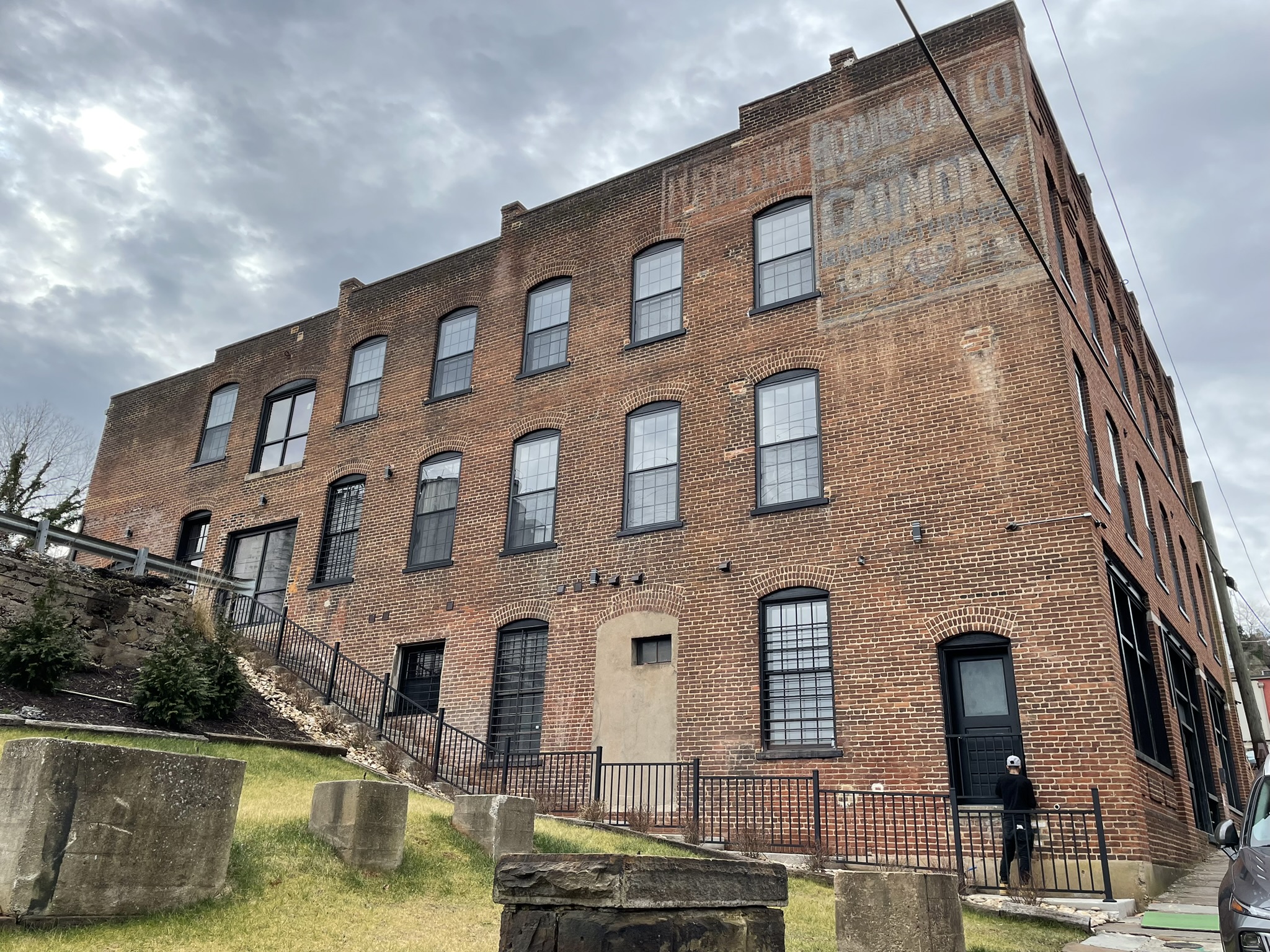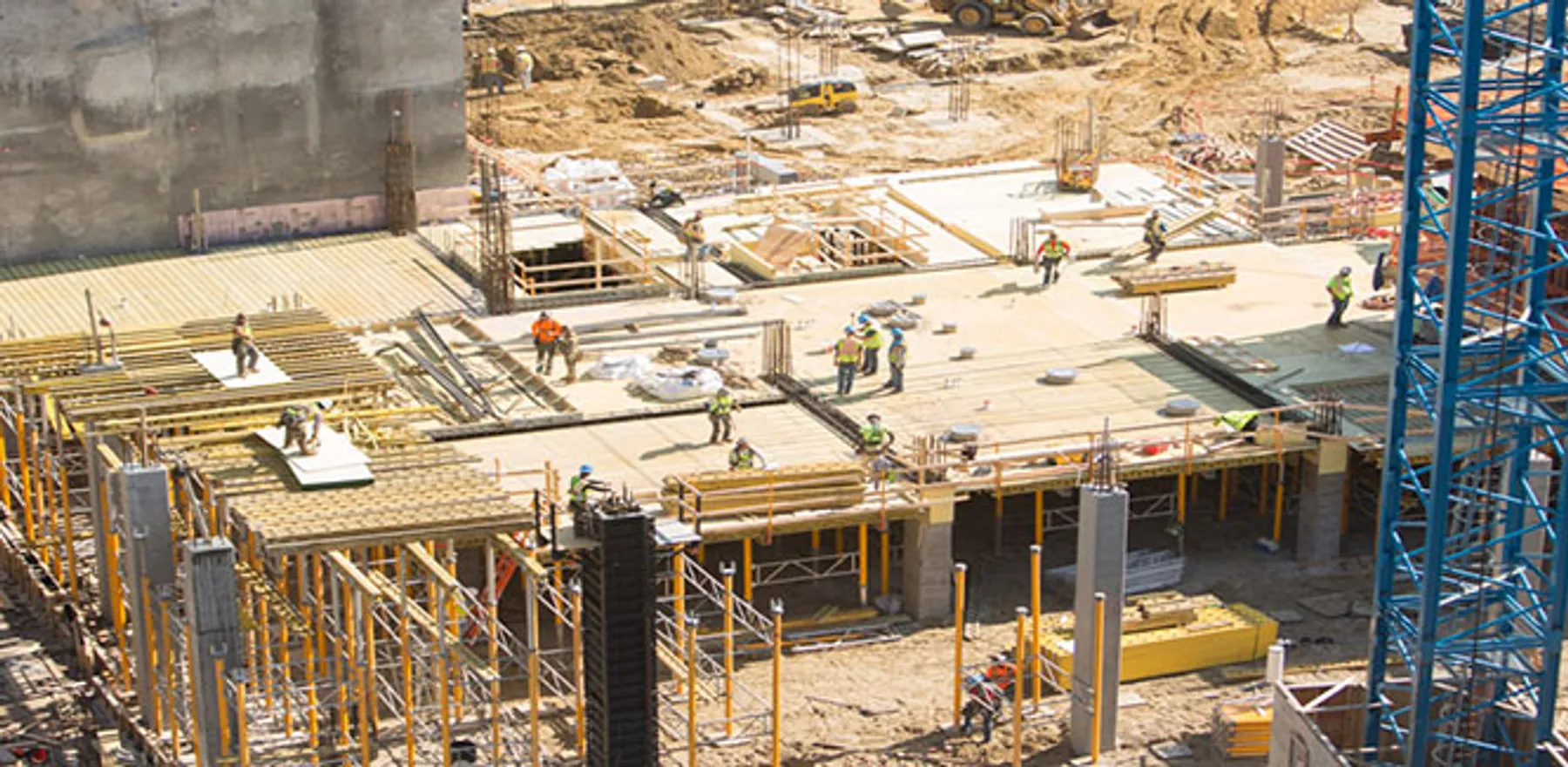Real estate depreciation is a key concept in property valuation, investment, and taxation. While depreciation is commonly associated with the reduction in value of an asset over time, in real estate, it has a specific application, particularly in the context of appraisals and the cost approach to property valuation.
What Is Real Estate Depreciation?
In real estate, depreciation refers to the loss of value of a property over time due to various factors such as wear and tear, obsolescence, and external conditions. Unlike other assets, land itself does not depreciate; rather, it is the buildings and improvements on the land that are subject to depreciation. Understanding depreciation is crucial for investors, appraisers, and tax professionals, as it influences property value, investment returns, and tax liabilities.
How is Depreciation Utilized in the Cost Approach?
The cost approach is one of the three main methods used in real estate appraisal, alongside the sales comparison approach and the income approach. The cost approach is particularly useful for valuing newer properties or properties with unique characteristics that make direct comparisons difficult. The basic premise of the cost approach is that the value of a property can be estimated by calculating the cost to replace or reproduce the building (less depreciation) plus the value of the land.
Here’s how depreciation is factored into the cost approach:
- Estimate the Replacement or Reproduction Cost:
Replacement Cost: This is the cost to construct a building of similar utility using modern materials and construction methods. It may not be an exact replica of the existing building but serves the same purpose.
Reproduction Cost: This is the cost to construct an exact replica of the existing building using the same materials and construction methods. It is typically used for historical or unique properties.
- Subtract Depreciation:
Once the replacement or reproduction cost is estimated, the next step is to subtract depreciation. The appraiser evaluates each type of depreciation—physical, functional, and external—and determines the appropriate amount to deduct from the replacement or reproduction cost.
- Add the Land Value:
Since land is not subject to depreciation, the appraiser adds the estimated value of the land to the depreciated cost of the building. The land value is usually determined through the sales comparison approach, where comparable land sales are analyzed to estimate the land’s market value.
- Determine the Final Property Value:
The final step in the cost approach is to combine the depreciated building cost with the land value to arrive at the total property value. This value represents what it would cost to replace the property today, accounting for any loss in value due to depreciation.
Types of Real Estate Depreciation
Real estate depreciation can be categorized into three main types: physical depreciation, functional obsolescence, and external obsolescence. Each type affects the property’s value in different ways and must be considered in the appraisal process.
Physical Depreciation:
Physical depreciation refers to the loss of value due to the physical deterioration of the property over time. This type of depreciation is the most common and is directly related to the wear and tear of the building and its components, such as the roof, plumbing, electrical systems, and structural elements.
Example: A 20-year-old building may have a roof that is nearing the end of its useful life, resulting in physical depreciation. The cost to repair or replace the roof would be considered when assessing the property’s value.
Categories of Physical Depreciation:
Curable Physical Depreciation: This occurs when the cost of repairing or replacing the deteriorated elements is economically feasible. For example, repainting a building or replacing worn-out flooring would be considered curable physical depreciation.
Incurable Physical Depreciation: This occurs when the cost of curing the deterioration is not economically feasible. For instance, significant foundation issues or structural damage that would be prohibitively expensive to repair are examples of incurable physical depreciation.
Functional Obsolescence:
Functional obsolescence refers to the loss of value due to outdated or inefficient design, layout, or features of the property. It occurs when a property no longer meets current market standards or buyer preferences, even if it is in good physical condition.
Example: A commercial building with outdated mechanical systems, insufficient parking, or a poor floor plan that doesn’t suit modern business needs may suffer from functional obsolescence.
Categories of Functional Obsolescence:
Curable Functional Obsolescence: If the obsolescence can be corrected at a reasonable cost, it is considered curable. For example, updating an outdated HVAC system or reconfiguring an inefficient floor plan could remedy curable functional obsolescence.
Incurable Functional Obsolescence: When the cost to correct the obsolescence is not justified by the potential increase in value, it is incurable. An example might be a building with a ceiling height that cannot be increased without extensive reconstruction.
External Obsolescence:
External obsolescence, also known as economic or environmental obsolescence, refers to the loss of value due to factors outside the property’s control, such as changes in the surrounding area or market conditions.
Example: A property located in an area that has experienced a decline in economic activity, increased crime rates, or the construction of an undesirable neighboring facility (such as a landfill) may suffer from external obsolescence.
Characteristics of External Obsolescence:
External obsolescence is typically incurable, as it is caused by external factors beyond the control of the property owner. Unlike physical and functional obsolescence, external obsolescence cannot be corrected through repairs or updates to the property itself.
Understanding real estate depreciation is essential for accurately appraising property value, especially when using the cost approach. Depreciation accounts for the inevitable loss in value that occurs over time due to physical wear and tear, outdated features, and external factors. By carefully assessing each type of depreciation, appraisers can provide a more accurate and fair valuation of a property, helping investors, buyers, and lenders make informed decisions. Whether you’re an investor seeking to maximize returns or a property owner looking to understand your property’s worth, knowing how depreciation affects value is crucial in navigating the real estate market.




